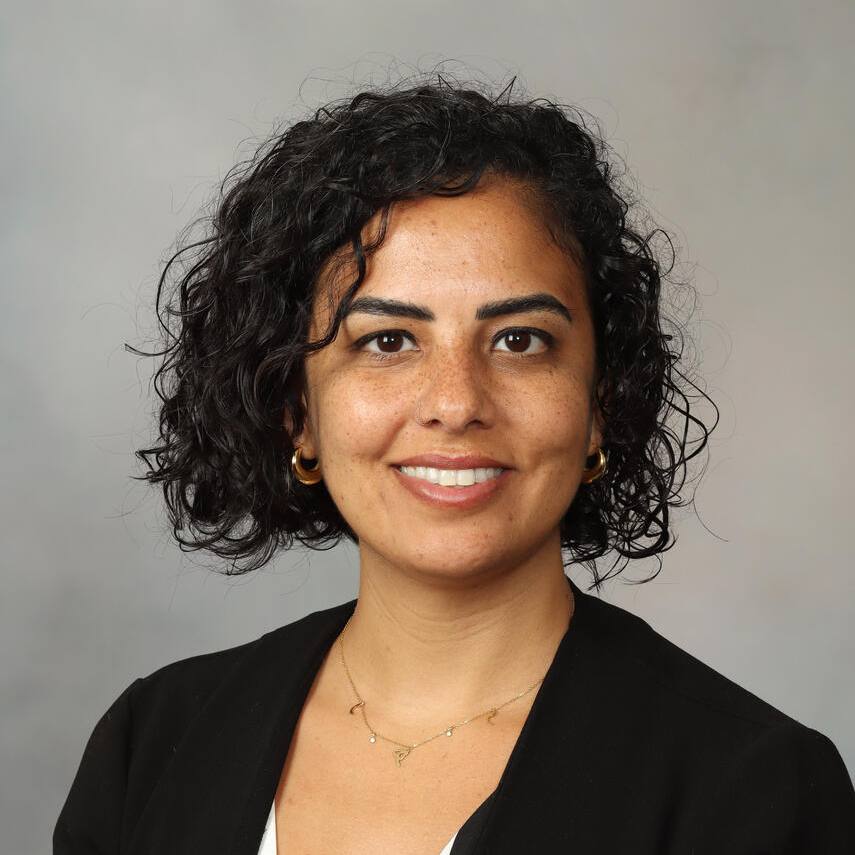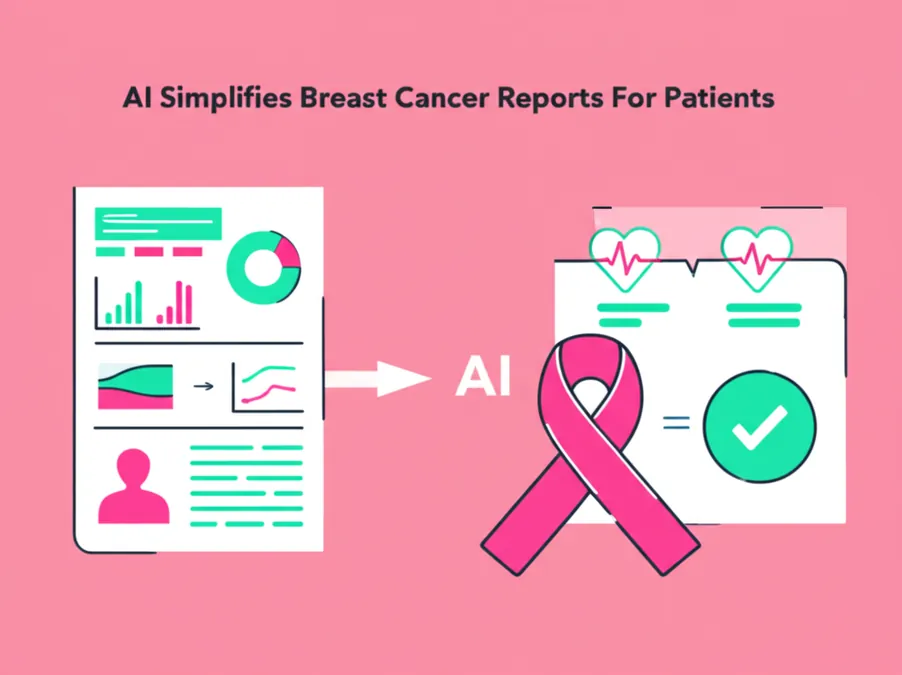Developer Offer
Try ImaginePro API with 50 Free Credits
Build and ship AI-powered visuals with Midjourney, Flux, and more — free credits refresh every month.
Mayo Clinic AI Detects Infections From Your Phone Photos
Monitoring a surgical wound after returning home can be a source of anxiety for patients and a time-consuming task for clinicians. The rise of virtual follow-ups has made remote monitoring more common, but it still relies on healthcare professionals manually reviewing patient-submitted photos. A new development from Mayo Clinic researchers, however, is set to change this dynamic entirely.
A New AI-Powered Solution
A team at Mayo Clinic has developed a sophisticated artificial intelligence (AI) system that can automatically analyze photos of surgical wounds to detect signs of infection. This innovation promises to streamline postoperative care, enabling faster responses and potentially preventing serious complications.
The findings, detailed in a study published in the Annals of Surgery, showcase an AI pipeline designed to identify surgical incisions, check image quality, and flag potential infections from photos patients submit through online portals.
"We were motivated by the increasing need for outpatient monitoring of surgical incisions in a timely manner," explained Dr. Cornelius Thiels, a surgical oncologist at Mayo Clinic and co-senior author of the study. "This process, currently done by clinicians, is time-consuming and can delay care. Our AI model can help triage these images automatically, improving early detection and streamlining communication between patients and their care teams."
How the Technology Works
The system was built using a massive dataset, trained on over 20,000 images from more than 6,000 patients across nine different Mayo Clinic hospitals. It employs a two-stage model using Vision Transformer technology:
- Incision Detection: The AI first determines if a submitted photo actually contains a surgical incision, achieving an impressive 94% accuracy.
- Infection Analysis: It then evaluates the incision for signs of a surgical site infection (SSI), demonstrating an 81% area under the curve (AUC) in identifying infections.
 Dr. Hala Muaddi (Credit: Mayo Clinic)
Dr. Hala Muaddi (Credit: Mayo Clinic)
Transforming the Patient and Clinician Experience
This technology could fundamentally alter the landscape of postoperative care. "This work lays the foundation for AI-assisted postoperative wound care, which can transform how postoperative patients are monitored,” stated Dr. Hala Muaddi, the study's first author. “It’s especially relevant as outpatient operations and virtual follow-ups become more common.”
For patients, this means receiving quicker feedback. An AI screening could offer immediate reassurance that a wound is healing properly or, conversely, trigger an early alert for a potential problem. This rapid response is crucial for improving outcomes and reducing patient anxiety.
For clinicians, the tool acts as an intelligent assistant, automatically sorting through images and prioritizing those that require urgent attention. "For clinicians, it offers a way to prioritize attention to cases that need it most, especially in rural or resource-limited settings,” Dr. Muaddi added.
Ensuring Fairness and Looking Ahead
Crucially, the researchers addressed the common concern of algorithmic bias. The model performed consistently across diverse patient groups, a vital step for ensuring equitable care. While the results are highly promising, the team emphasizes that further real-world validation is necessary.
"Our hope is that the AI models we developed... have the potential to fundamentally reshape how surgical follow-up is delivered," said Dr. Hojjat Salehinejad, co-senior author. "Prospective studies are underway to evaluate how well this tool integrates into day-to-day surgical care."
Backed by the Dalio Philanthropies and Simons Family awards, this innovative AI tool is paving the way for a future where AI can detect even subtle signs of infection before they are visible to the human eye, leading to earlier treatment, reduced costs, and better patient recoveries.
Compare Plans & Pricing
Find the plan that matches your workload and unlock full access to ImaginePro.
| Plan | Price | Highlights |
|---|---|---|
| Standard | $8 / month |
|
| Premium | $20 / month |
|
Need custom terms? Talk to us to tailor credits, rate limits, or deployment options.
View All Pricing Details

